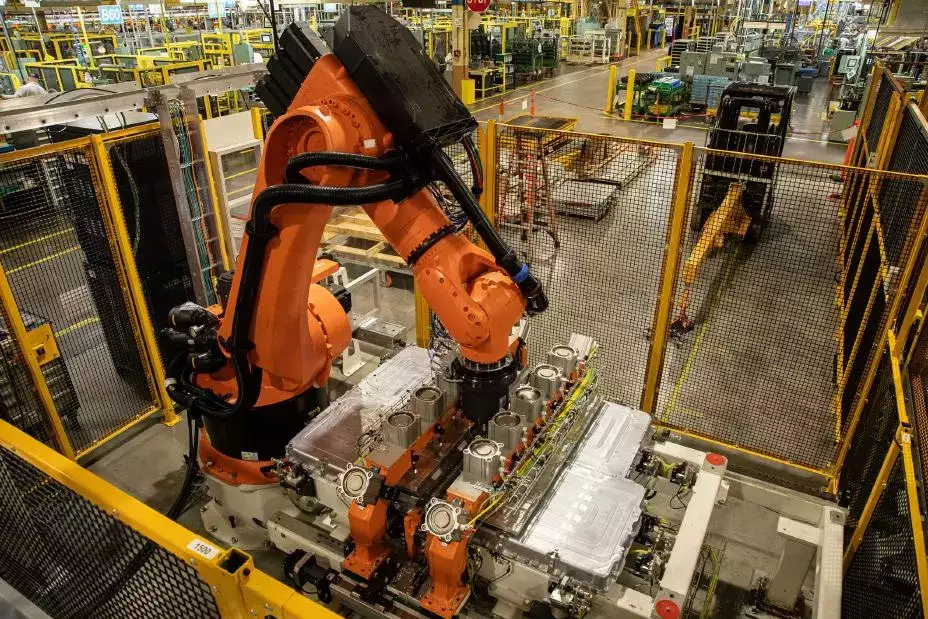Honda to begin megacasting for EV battery cases in Ohio as part of major manufacturing overhaul

The retooling of the Marysville Auto Plant (MAP), East Liberty Auto Plant (ELP), and Anna Engine Plant (AEP) will involve a USD 1 billion investment and is expected to play a central role in Honda’s shift towards electric vehicle production in North America.
As part of the transformation, AEP will become the first Honda plant globally to produce EV battery cases using high-pressure die-casting technology. The new equipment is designed to cast large aluminium parts, including the battery case, which will form the base of Honda’s upcoming electric vehicles. The megacasting process is set to streamline production and reduce material waste, marking a significant step in the company’s push for more efficient manufacturing.
Flexible production model
Honda’s retooling effort aims to allow its plants to produce a range of vehicle types on the same production lines, from electric and hybrid models to traditional ICE vehicles. This flexibility is seen as essential in responding to the fluctuating demand for different vehicle types as the automotive industry undergoes a transition towards electrification.
The move comes as automakers across the globe work to balance the need for electric vehicles with the ongoing demand for internal combustion models.
The use of megacasting technology at AEP is expected to provide further flexibility, with the machines capable of producing not only battery cases but also other lightweight components for both electric and hybrid models in the future. These changes will allow Honda to adapt quickly to shifts in consumer demand, as well as reduce the complexity of the manufacturing process.
Sustainability and efficiency goals
The Ohio plants’ overhaul is also aligned with Honda’s broader sustainability goals. As part of its Triple Action to Zero initiative, Honda aims for carbon neutrality across its operations by 2050. The company has already committed to using renewable energy to offset a significant portion of its energy needs, and it is introducing energy-efficient equipment at its Ohio facilities to further reduce its environmental impact.
In addition to these measures, Honda is integrating more sustainable manufacturing practices, such as recycling materials like aluminium from the production process. The company is also aiming to create a work environment that enhances both the efficiency and well-being of its employees, with new systems designed to improve the ergonomics of production lines.
The investment in Ohio’s manufacturing facilities comes as part of Honda’s broader strategy to establish the region as a hub for electric vehicle production in North America. The introduction of megacasting technology and the flexible manufacturing model is expected to make the Ohio plants a central part of the company’s EV production efforts moving forward.

